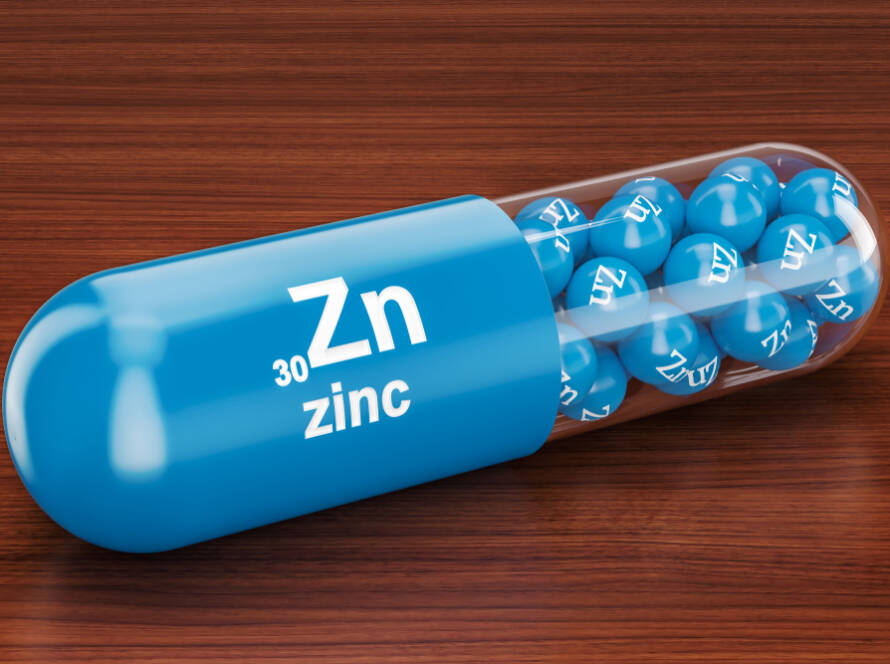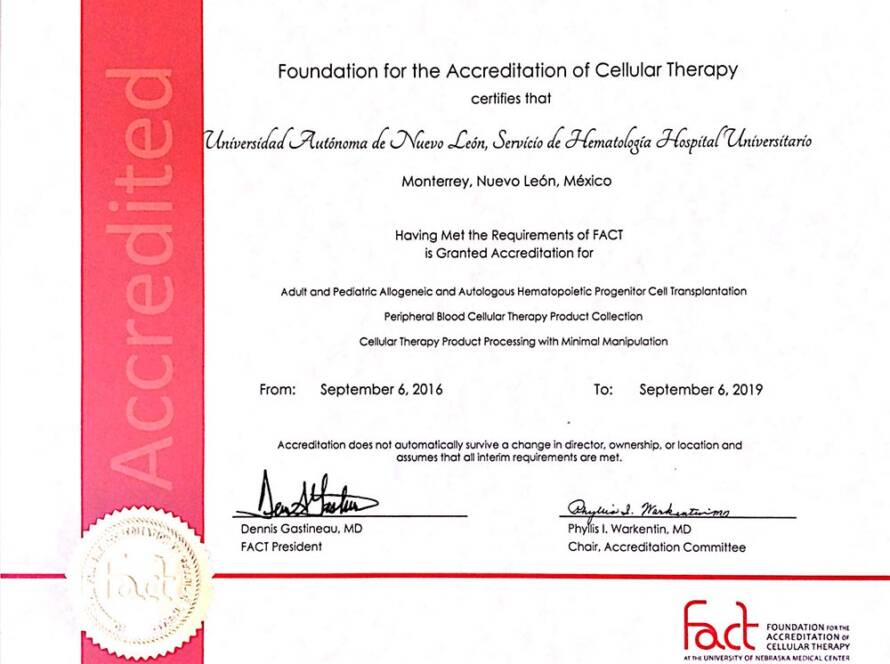Roberta is a young woman from Palermo who left everything – including work – eight years ago and followed her love in Padua. It is there that Francesco, also from Palermo, works as a doctor. That’s where they got married. And it is there that shortly after, Luca, their first child, was born. Six months ago Peter came into the world, but something went wrong. Roberta has her first labor pains and she is alone in the hospital.
Francesco brought Luca to a friend’s house, he will join her soon after. With her there is not even the doctor who followed her during her pregnancy, he has some private visits to do. Hours pass.
Meanwhile, the ultrasound detects severe fetal distress. Serious to the point of proceeding, after a series of painful maneuvers, with an emergency cesarean section and without anesthesia: there is no more time. Roberta will keep arms and legs still. And Peter will come to the world without a beat, with an Apgar (reference index for the vitality of children at birth) equal to 0 (in healthy children is between 8 and 10), anemic and with blood in the trachea. It will be resuscitated with severe delay (remaining without oxygen for 10 minutes), intubated and transferred to intensive neonatal therapy, where it will remain for a month. Roberta will be discharged five days after delivery, without ever having seen the child. Back home, she is attacked by severe pain in her stomach and high fever. Francesco realizes that something is wrong, they run to the hospital and, after a silence, Roberta has been operated urgently once again: in the abdomen, she has a 50×50 laparotomy gauze forgotten there. It will take another week of hospitalization, then spend all her afternoons with Pietro: three hours a day, with gloves, gown, and mask.
Until the child is also discharged, but the diagnosis is merciless: severe neonatal asphyxia. Doctors say he will not talk, will not walk, will have serious cognitive problems.
The journey of hope begins, in which to understand what the actual reality of the brain damage that Peter suffered is. Francesco, during his long sleepless nights, manages to find a team of doctors who, at the University Hospital Don Jose Eleuterio Gonzales of Monterrey, Mexico, is developing an experimental therapy for patients with cerebral palsy. They fly to the other side of the world. The Mexican doctors, with the hematologist Consuelo Mancias Guerra, immediately take care of Pietro -their smallest patient- and submit it to a stem cell autotransplant. Today Pietro wanders like all the children of his age, recognizes mum and dad, adores his little brother and does physiotherapy every day. But to see which improvement will its brain have, we will have to wait for the first two years of life. Meanwhile, Roberta and her husband brought to court all the doctors involved in their ordeal.
“My son was a healthy child – says Roberta – I do not know how much money we spent in prenatal genetic tests. It was a quarter of an hour to uncork the sparkling wine and instead I spend my days in rehabilitation centers for very serious patients because the only thing that can be done in these cases is physiotherapy.
We also had a physiotherapist’s table built in our house and a couple of times a day we do the exercises they taught us. There is not an evening in which, before falling asleep, I do not review the birth scenes. My screams, pain and then my son, who goes into the incubator. The violence. Every now and then I look at my scar and I just wish the therapy my son had in Mexico was known by the greatest number of people. ”
“I do not say that stem cell transplantation is the solution to all ills – underlines Roberta – but this study, considered by serious and valid experts, is already in the international medical research register. In Europe, it does not exist and in other countries of the world, like India and China, it is available mostly in private clinics. There is no certainty that this treatment works one hundred percent, but at the hospital in Monterrey, we are assured that for the young patients arriving from all over the world there is an improvement in the quality of life. The operation (5 thousand euros) is not expensive either, the most expensive costs are the journey and the stay, but some regions in Italy reimburse it”. “I do not ask for justice – Roberta says – judges will have to think about that. What I would like for those in this situation is that there was no need to travel 27 hours for therapy. It is the only hope we have and we cling to it. It seems a shame to stay there and watch. ”


